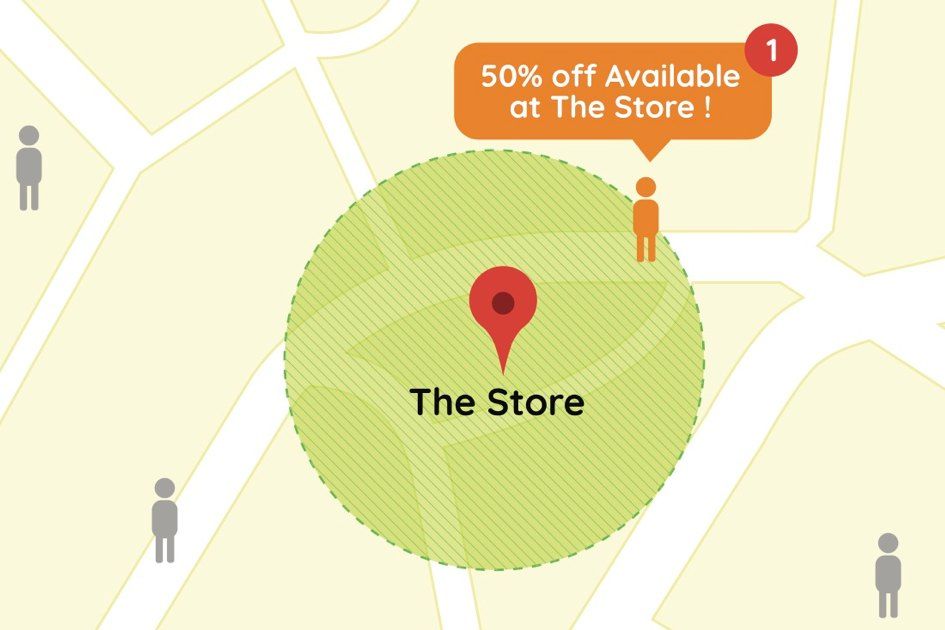
Five Tips for Effective Geofencing
Most advertisers have heard of geofencing: creating a virtual geographic fence around a location. Specifically, it’s a location-based digital marketing tactic that lets marketers place banner, native or other digital ads that target smartphone users in a specific, defined geographic area. The area can be a single large building, a neighborhood or a whole city. You draw a radius around a location, and when someone enters that space, they are served an ad while they’re online with their mobile device. Geofencing has applications for both business-to-consumer (B2C) and business-to-business (B2B) marketing.
Consider these five tips to effectively use geofencing for your digital campaign:
1. Limit your geofence. A small suburban plumbing company should not geofence a large metro area. They may get more calls than they can handle or calls from people outside their service area. Instead, they should stick to geofencing the suburb(s) where they prefer to work. Or a car dealership could run a geofenced campaign that targets people only when they visit a competitive dealership across town.
2. Make your message relevant. Based on the time of day, day of the week, time of year or geographic location, your message needs to make sense. If your restaurant doesn’t serve breakfast, don’t geofence around your location early in the morning advertising your surf-n-turf special. And don’t hit people lounging at the beach with ads for your dry-cleaning services.
3. Include a clear and compelling call to action. It’s one thing to notify people about your location, but it’s even better to offer them an incentive to visit your business. Provide discounts or offers to bring people to you and make your offer attractive enough so people actually act on it.
4. Measure campaign results. Look at results in real time to determine if it’s a successful campaign or if some tweaks are needed. Perhaps the creative message isn’t right or the area you’re geofencing needs adjustment. At the least, analyze the results afterward to help determine future campaign strategies.
5. Extend the value of your geofenced campaign with retargeting. An exhibitor at a trade show can run a geofenced campaign that targets show attendees and drives them to the exhibitor’s booth. Then, the exhibitor can retarget those attendees, serving them a refined follow-up digital ad—the next day or week or month—while they are online at their home or office.
Geofencing isn’t appropriate for all companies, but it is a useful strategy to have in a quiver of programmatic digitalcapabilities.
